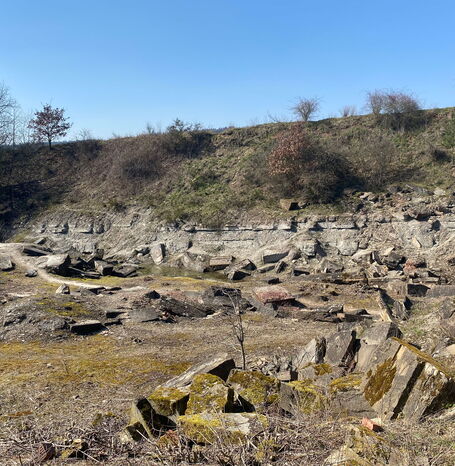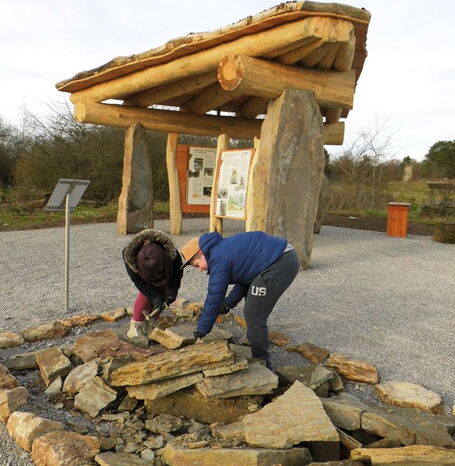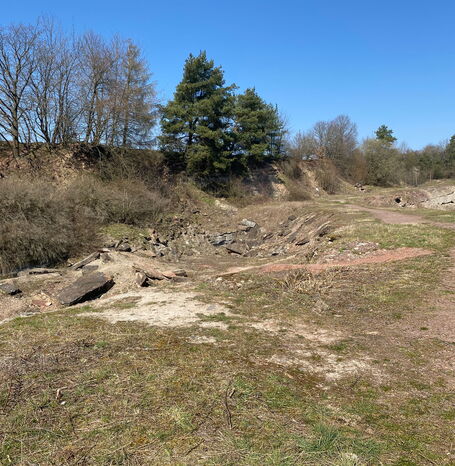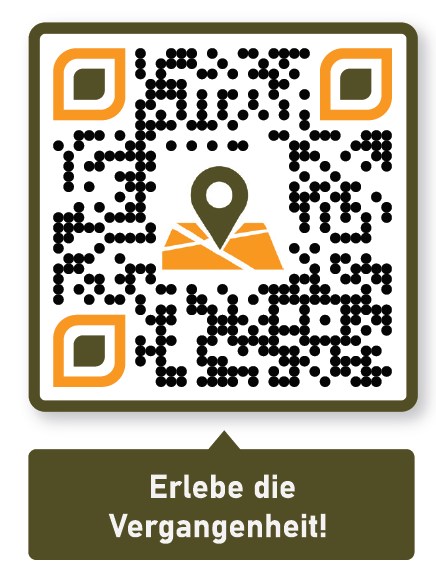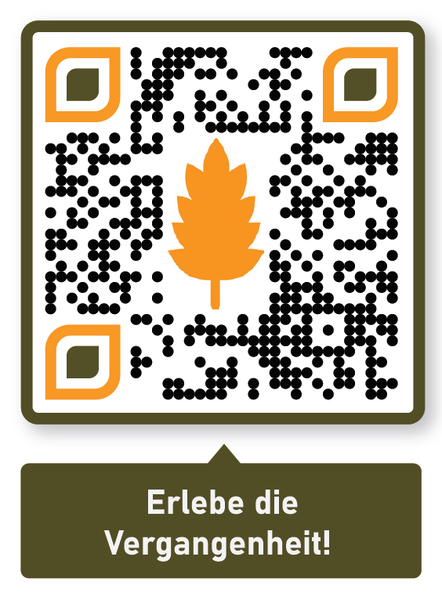The strongly terrestrially influenced lagoonal facies of the "Stätteberg Formation" is exposed almost in its entire thickness of about 13 meters. It consists of claystones and marls, carbonates and bituminous limestones and dolomites with an impoverished marine fauna. Yellow-brown sandstones are intercalated in these, which were deposited as deltaic fillings in a shallow marginal sea. Well recognizable sedimentary structures (inclined stratification, ripple marks, rolling and grinding traces) provide information about the depositional conditions at that time.
Numerous fossils are found in the sediments. Besides shells and snails, plant remains of Zechstein conifers - among others Pseudovoltzia and Ullmannia, the so-called "Frankenberger Kornähren" - could be found. The finds offer a unique insight into the plant world at the edge of the Zechstein sea. Thus, the Hohenäcker quarry is the floristic counterpart to the Korbacher Spalte, whose bone finds of Upper Permian vertebrates provide a worldwide unique document of the terrestrial fauna of the Zechstein period.
TIP
At the entrance to the quarry is an information pavilion and a fossil knocking place for children. Please bring a hammer or similar!
